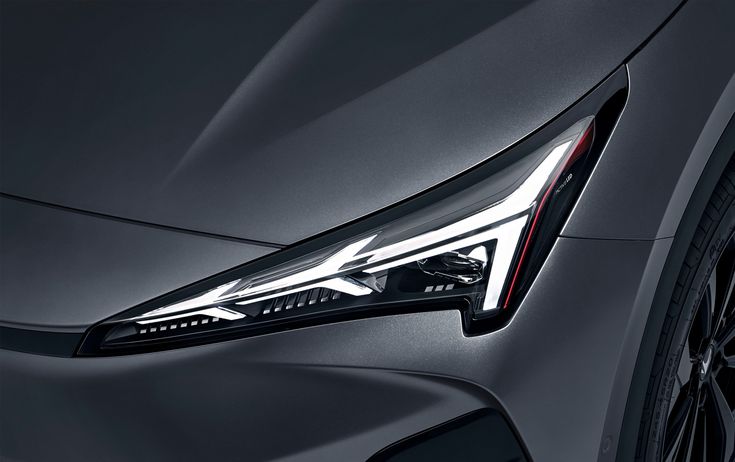从圆灯到“眯眯眼”:汽车灯光的审美革命
近几年,一股席卷全球汽车行业的“眼神革命”正悄然进行——越来越多车型告别了传统的“圆眼”大灯,转而采用纤细锐利的“眯眯眼”分体式灯组。从特斯拉Cybertruck的极简线条,到宝马i7的未来光环,再到小鹏、现代等品牌的贯穿式灯带,这一设计趋势已成为汽车美学的主流语言。
分体式大灯的核心逻辑在于功能分离与造型自由。设计师将上方日间行车灯(DRL)与下方主照明灯组拆分,使车辆在白天与夜间的视觉表现截然不同:白天,纤细光带形成品牌标识;夜晚,下方灯组精准照亮前路,同时避免眩光。这样的结构不仅提升了安全性,更赋予设计师前所未有的创作空间。
事实上,这股潮流并非始于今日。早在1990年代末,菲亚特与庞蒂亚克就曾尝试类似设计,然而当时的审美环境尚未准备好接受这种“未来感”。直到电动化时代来临、前格栅逐渐淡出,整洁封闭的车头为灯光设计提供了新的“画布”,分体式大灯终于迎来高光时刻。
然而,行业内部的声音也并非一边倒。现代汽车设计主管西蒙·洛斯比认为,灯条美学正逐渐陷入“视觉疲劳”。他提出,未来车灯的价值不应仅停留在造型层面,而应承担更多“沟通职能”——成为人与车、车与行人之间的情感界面。
这一观点已被部分厂商付诸实践。宝马i Vision Dee概念车的前脸由可变色LED面板构成,可根据情绪与场景变化;高合、小鹏等品牌正在探索可互动式光语系统,通过灯光表达欢迎、提醒或避让等“情绪信号”。
可以预见,下一场车灯革命或许不再只是“变窄”或“变亮”,而是让汽车真正“开口说话”。灯光,将从照明工具进化为沟通语言,成为未来智能出行的视觉入口。
In recent years, a global “headlight revolution” has quietly reshaped automotive design. The once-classic round lamps have given way to sharp, slender “squint-eye” split headlights. From Tesla’s Cybertruck and BMW’s i7 to new EVs by Hyundai and XPeng, this lighting language now defines modern automotive aesthetics.
The split-headlight concept centers on functional separation and creative freedom. Designers divide upper daytime running lights (DRLs) and lower main beams to achieve distinct visual identities: sleek DRLs act as brand signatures by day, while concealed main lights illuminate the road at night—reducing glare without compromising visibility.
This concept traces back to the late 1990s with early adopters like the Fiat Multipla and Pontiac Aztek. Though once polarizing, the idea found new life in the EV era, when closed grilles created blank “canvases” for lighting artistry.
Still, some designers are pushing back. Simon Loasby of Hyundai Design Center warns of “aesthetic fatigue,” arguing that future lighting should transcend styling to become a communicative interface between vehicles and humans. Concepts like BMW’s i Vision Dee and China’s HiPhi demonstrate this direction, integrating responsive, color-shifting LED panels to express emotion or intent.
As automotive design enters its next chapter, headlights may evolve from mere illumination to intelligent communication—transforming how vehicles express themselves and interact with the world.

